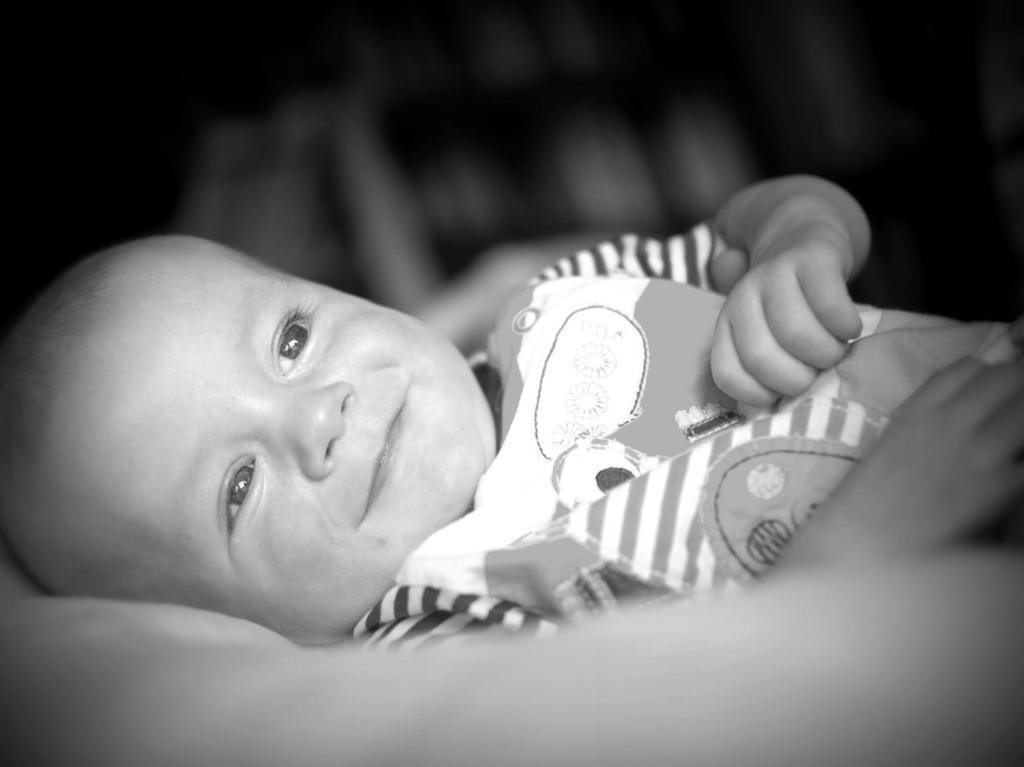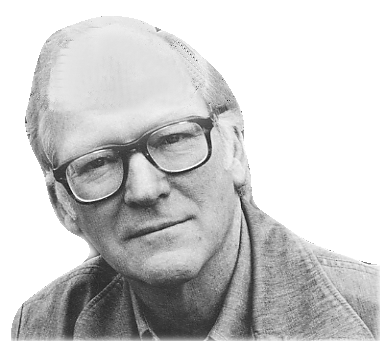Click here and press the right key for the next slide (or swipe left)
also ...
Press the left key to go backwards (or swipe right)
Press n to toggle whether notes are shown (or add '?notes' to the url before the #)
Press m or double tap to slide thumbnails (menu)
Press ? at any time to show the keyboard shortcuts
Conclusions and Questions
the question

In the first year of life
humans already possess a range of sophisticated abilities
which do not involve, and are isolated from, knowledge.
Therefore the transition must be a process of rediscovery.
As this is not something infants could achive alone, rediscovery must be a joint action.
1. models (How are things in the domain related from the point of view of a 3/6/9-month-old?)
2. processes (What links the model to the infant?)
puzzles matter
| domain | evidence for knowledge in infancy | evidence against knowledge |
| colour | categories used in learning labels & functions | failure to use colour as a dimension in ‘same as’ judgements |
| physical objects | patterns of dishabituation and anticipatory looking | unreflected in planned action (may influence online control) |
| number | --""-- | --""-- |
| syntax | anticipatory looking | [as adults] |
| minds | reflected in anticipatory looking, communication, &c | not reflected in judgements about action, desire, ... |
Core Knowledge
‘there is a third type of conceptual structure,
dubbed “core knowledge” ...
that differs systematically from both
sensory/perceptual representation[s] ... and ... knowledge.’
Carey, 2009 p. 10
Crude Picture of the Mind
- epistemic
(knowledge states) - broadly motoric
(motor representations of outcomes and affordances) - broadly perceptual
(visual, tactual, ... representations; object indexes ...) - metacognitive feelings
(connect the motoric and perceptual to knowledge)

‘if you want to describe what is going on in the head of the child when it has a few words which it utters in appropriate situations, you will fail for lack of the right sort of words of your own.
‘We have many vocabularies for describing nature when we regard it as mindless, and we have a mentalistic vocabulary for describing thought and intentional action; what we lack is a way of describing what is in between’
(Davidson 1999, p. 11)
What is in between:
object indexes
motor representations
metacognitive feelings
...
Minimal approaches
to mindreading, joint action
and referential communication
do not presuppose
and may therefore explain
knowledge knowledge.
development as (re)discovery
end

Dual Process Theory (core part)
Two (or more) X-tracking processes are distinct:
the conditions which influence whether they occur,
and which outputs they generate,
do not completely overlap.
Dual Processes and Development
There are two, or more, processes which involve different models of the domain.
One of these processes first appears early in development, the other later.
The model involved in the early-developing processes does not change over development.
The model involved in the other processes does.